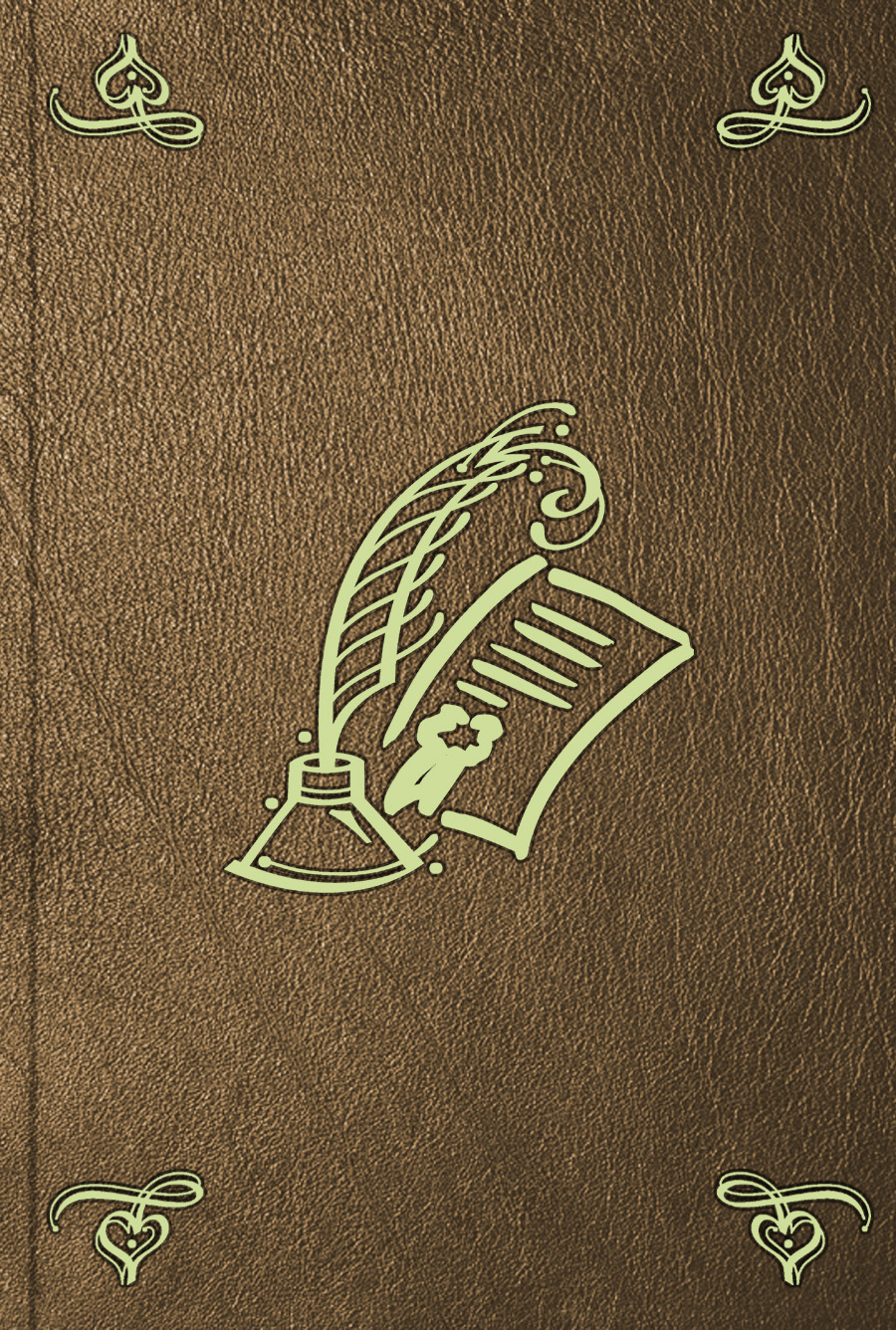Электронная книга: Patrick Colquhoun «Treatise of the wealth, power, and resources, of the British Empire»

|
Полный вариант заголовка: «Treatise of the wealth, power, and resources, of the British Empire : in every quarter of the world, including the East Indies : the rise and progress of the funding system explained : with observations on the national resources for the beneficial employment of a redundant population, and for rewarding the military and naval officers, soldiers, and seamen, for their services to their country during the late war : illustrated by copious statistical tables, constructed on a new plan, and exhibiting a collected view of the different subjects discussed in this work / by P. Colquhoun». Издательство: "Библиотечный фонд" (1815)
электронная книга Скачать бесплатно на Litres |
Patrick Colquhoun
Patrick Colquhoun (
Early life
Colquhoun, a descendent of the Scottish
He built an estate in the West End (now part of
Colquhoun was an avid statistician, and collected economic data. He used this information to lobby the government on behalf of the country’s industries, particularly cotton and muslin. His findings formed the basis of numerous pamphlets and treatise that he wrote promoting legal reform and business generally. On one occasion, he traveled to
River Police
Merchants were losing an estimated £500,000 worth of stolen cargo annually from the
Nevertheless, Colquhoun reported to his backers that his force was a success after its first year, and his men had “established their worth by saving £122,000 worth of cargo and by the rescuing of several lives.” Word of this success spread quickly, and the government passed the Marine Police Bill on
ignificance for "modern" policing
Historians of policing credit Colquhoun’s innovation as a critical development leading up to
The idea of a police, as it existed in
As impressive as Colquhoun’s salesmanship of the public police idea was, his main contribution is recognized as the introduction of crime prevention, or preventive policing, as a fundamental principle to the English police system. His police were to be a deterrent to crime by their permanent presence on the Thames. He came to this conclusion through viewing policing as a science, and in utilitarian fashion, attempted to press that science into the service of the national political economy. He published two dozen treatises on a variety of social problems, but the most significant is his 1797 "A Treatise on the Police of the Metropolis".
The Marine Police Force continues to operate at the same
Consul of the Hanseatic League
Patrick Colquhoun was appointed as Resident Minister and
References
External links
*Grant David Yeats, [http://books.google.com/books?id=hzwBAAAAQAAJ&pg=PA1&dq=Patrick+Colquhoun&as_brr=1#PPA1,M1 "A Biographical Sketch of the Life and Writings of Patrick Colqhoun"] , London: G. Smeeton, 1818.The 'Patrick Colquhoun' Thames Police Motor Launch [http://www.riverside-charters.com]
Writings by Patrick Colquhoun
* [http://books.google.com/books?id=sx49OgFD4uAC&pg=PR25&dq=Patrick+Colquhoun&as_brr=1#PPP9,M1"Treatise on the Commerce and Police of the River Thames,"] London: H. Baldwin and Son, 1800.
* [http://books.google.com/books?id=MssDAAAAQAAJ&pg=PA1&dq=allintitle:+constable&as_brr=1#PPP9,M1 "A Treatise on the Functions and Duties of a Constable,"] London: W. Bulmer and Co., 1803.
* [http://books.google.com/books?id=l6kqAAAAMAAJ&pg=PA1&dq=Patrick+Colquhoun&as_brr=1#PPP7,M1 "Treatise on the Police of the Metropolis"] , London: Bye and Law, 1806.
Persondata
NAME= Colquhoun, Patrick
ALTERNATIVE NAMES=
SHORT DESCRIPTION= merchant, statistician,
DATE OF BIRTH=
PLACE OF BIRTH=
DATE OF DEATH=
PLACE OF DEATH=
Источник: Patrick Colquhoun
Другие книги схожей тематики:
| Автор | Книга | Описание | Год | Цена | Тип книги |
|---|---|---|---|---|---|
| Patrick Colquhoun | Treatise of the wealth, power, and resources, of the British Empire | Полный вариант заголовка: «Treatise of the wealth, power, and resources, of the British Empire : in every quarter of the world, including the East Indies : the rise and… — Библиотечный фонд, электронная книга Подробнее... | 1815 | электронная книга |
См. также в других словарях:
Economic history of the United States — The economic history of the United States has its roots in European settlements in the 16th, 17th, and 18th centuries. The American colonies progressed from marginally successful colonial economies to a small, independent farming economy, which… … Wikipedia
Byzantine Empire — This article is about the medieval Roman empire. For other uses, see Byzantine (disambiguation). Roman Empire Βασιλεία Ῥωμαίων, Ῥωμανία Basileia Rhōmaiōn, Rhōmanía Imperium Romanum, Romania … Wikipedia
Law, Crime, and Law Enforcement — ▪ 2006 Introduction Trials of former heads of state, U.S. Supreme Court rulings on eminent domain and the death penalty, and high profile cases against former executives of large corporations were leading legal and criminal issues in 2005.… … Universalium
Islam and antisemitism — Part of a series on Criticism of Islam Issues Antisemitism … Wikipedia
Dissolution of the Monasteries — History of Christianity in the British Isles The ruins of Glastonbury Abbey General Anglican Communion Roman Catholic Church in England and Wales Calendar of saints (Church of England) … Wikipedia
England (Before the Reformation) — England (Before the Reformation) † Catholic Encyclopedia ► England (Before the Reformation) This term England is here restricted to one constituent, the largest and most populous, of the United Kingdom of Great Britain and Ireland.… … Catholic encyclopedia
